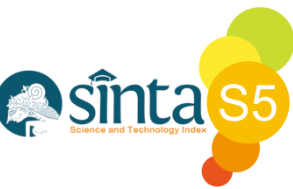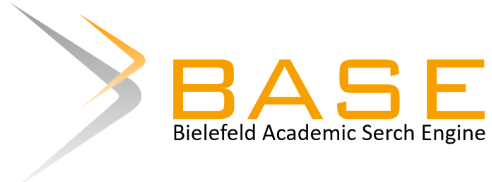Abstract
Peripheral nerve injuries mostly occur in the upper extremities with the most common cause being trauma. An alternative to nerve repair in proximal injury is restoration of function via nerve transfer. The rehabilitation process is needed to relearn the movement so that the results of the nerve transfer can function properly. The purpose of this study was to provide an overview of the post-nerve transfer rehabilitation process in the upper extremity and its benefits in maintaining and improving the quality of movement in the upper extremity. This research is a literature review with secondary data sources in the form of scientific journals accessed through journal databases, such as: PubMed Central (PMC) NCBI and google scholar. Based on the study conducted, it is recommended that three stages in rehabilitation after nerve transfer in the upper extremities are recommended, namely: 1. Early phase: immobilization and education procedures are carried out for patients related to the surgical procedure and the rehabilitation stages to be followed, 2. Middle phase: conducting a re-innervation of neural pathways and motor re- learning with various modalities or approaches, such as: induction exercise, cross over training, graded motor imagery, electrical stimulation, surface electromyography, and aquatic therapy, 3. Late phase: all exercise in the middle phase is continuing and added with an approach in the form of muscle strength and endurance training that takes attention to the biomechanical aspect. Post nerve transfer rehabilitation is useful in maintaining and improving the quality of upper extremity movement and it is recommended that its application be adjusted to the rehabilitation phase.
Bahasa Abstract
Cedera saraf tepi sebagian besar terjadi pada ekstremitas atas dengan penyebab tersering karena trauma. Alternatif untuk perbaikan saraf pada cedera proksimal adalah pemulihan fungsi melalui nerve transfer. Proses rehabilitasi dibutuhkan untuk mempelajari kembali gerakan agar hasil dari nerve transfer bisa berfungsi dengan baik. Tujuan penelitian ini adalah untuk memberikan gambaran mengenai proses rehabilitasi post nerve transfer pada ekstremitas atas dan manfaatnya dalam menjaga serta memperbaiki kualitas gerakan pada ekstremitas atas. Penelitian ini merupakan studi literatur/kajian pustaka dengan sumber data sekunder berupa jurnal ilmiah yang diakses melalui journal database, seperti: PubMed Central (PMC) NCBI dan google scholar. Berdasarkan kajian yang dilakukan, maka direkomendasikan tiga tahapan dalam melakukan rehabilitasi post nerve transfer pada ekstremitas atas, yaitu: 1. Fase awal: dilakukan prosedur imobilisasi dan edukasi pada pasien terkait prosedur operasi dan tahapan rehabilitasi yang akan dilalui, 2. Fase pertengahan: melakukan pendekatan re-inervasi jalur saraf dan pembelajaran ulang motorik dengan berbagai macam modalitas atau pendekatan, seperti: induction exercise, cross over training, graded motor imagery, electrical stimulation, surface electromyography, serta aquatic therapy, dan 3. Fase akhir: semua pelatihan pada fase pertengahan tetap dijalankan ditambah dengan pendekatan berupa pelatihan kekuatan dan daya tahan otot yang memerhatikan aspek biomekanik. Rehabilitasi post nerve transfer bermanfaat dalam menjaga dan meningkatkan kualitas gerak ekstremitas atas dan disarankan penerapannya disesuaikan dengan fase rehabilitasinya.
Recommended Citation
Satria Nugraha, Made Hendra
(2021)
"REHABILITASI POST NERVE TRANSFER PADA EKSTREMITAS ATAS,"
Jurnal Vokasi Indonesia: Vol. 9:
No.
1, Article 6.
DOI: 10.7454/jvi.v9i1.244
Available at:
https://scholarhub.ui.ac.id/jvi/vol9/iss1/6
Included in
Accounting Commons, Arts Management Commons, Business Administration, Management, and Operations Commons, Business Analytics Commons, Educational Administration and Supervision Commons, Insurance Commons, Tourism and Travel Commons









